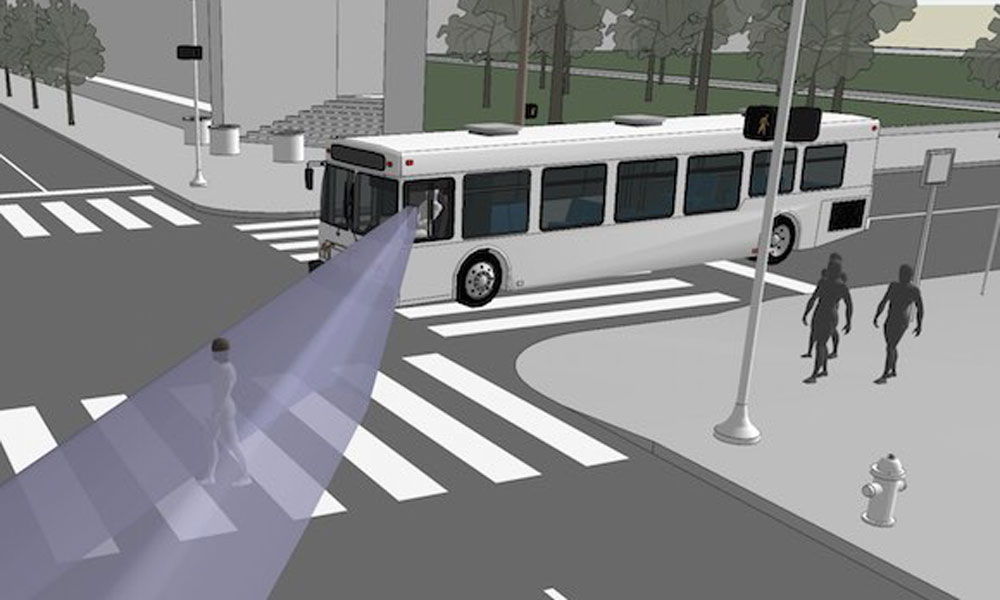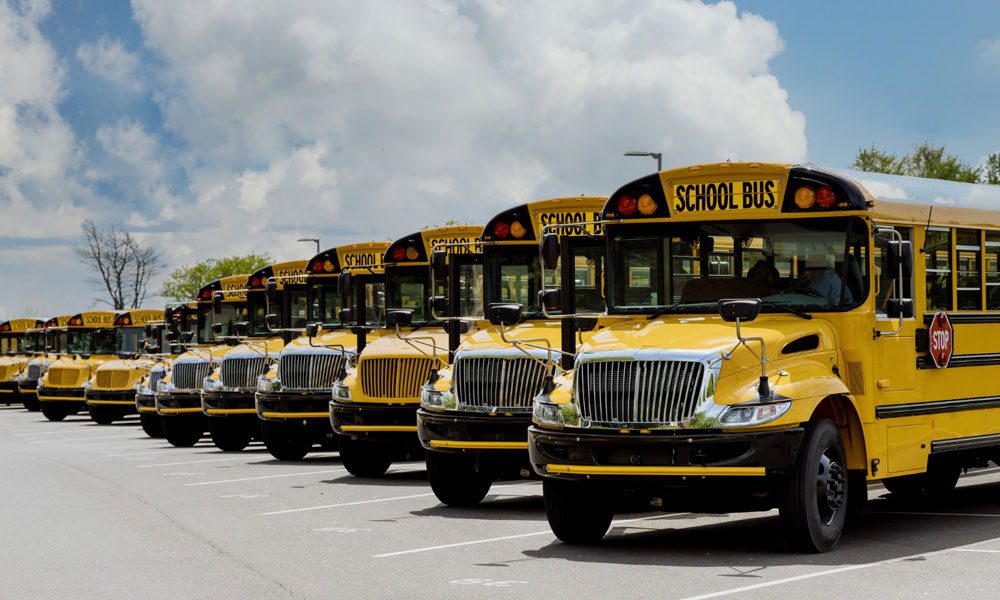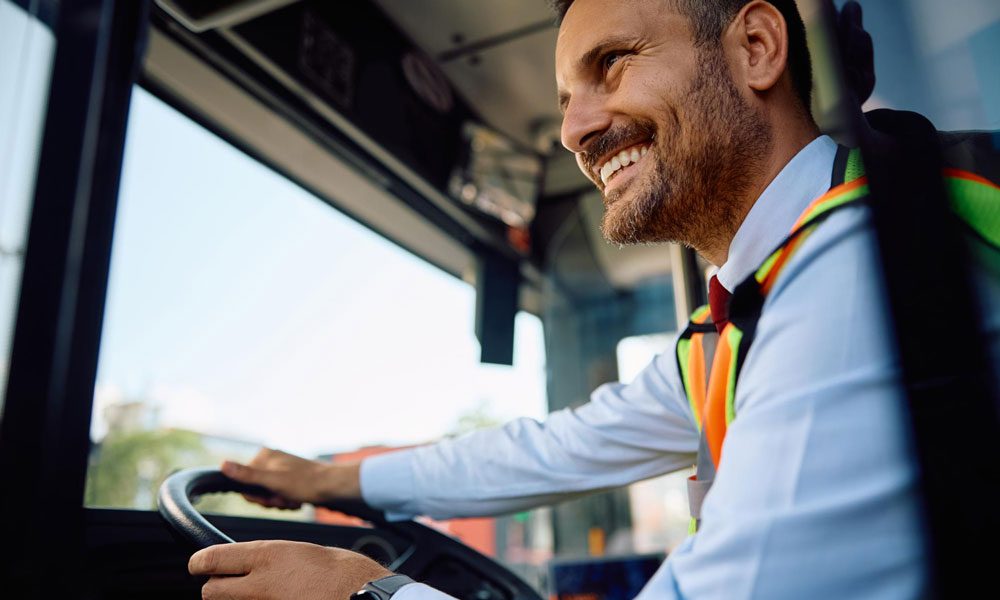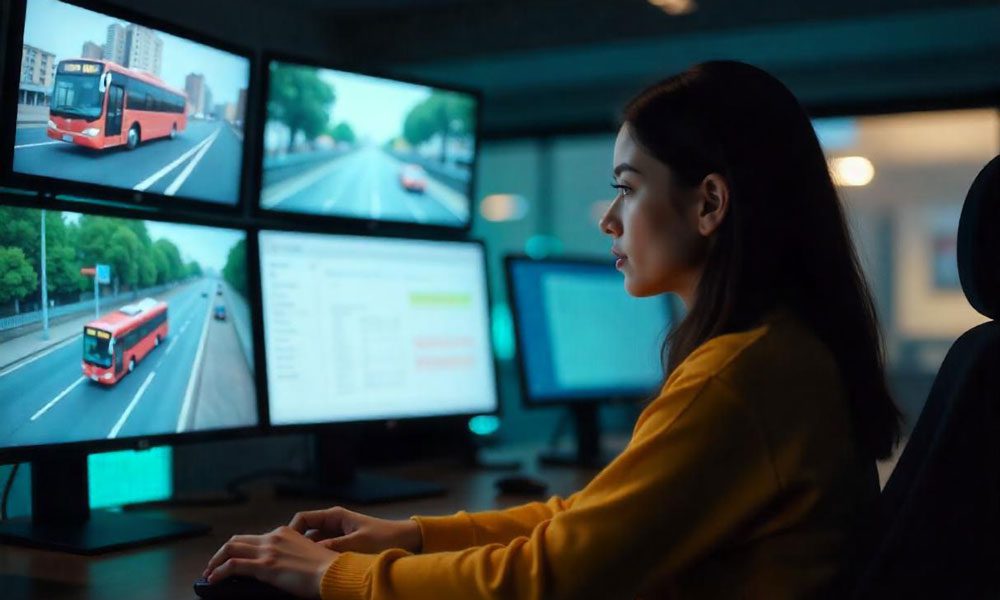5 Ways Video Mirror Systems Enhance Public Transportation Safety
Testimonials by:

Harry Respass, Transportation Instructor at the Maryland Transit Administration
Harry has spent years training operators on best practices for safety and efficiency. With firsthand experience of the challenges transit drivers face daily, he offers valuable insight within this blog post, into how emerging technology—like video mirror systems—can make a real difference.
Testimonials by:

Harry Respass, Transportation Instructor at the Maryland Transit Administration
Harry has spent years training operators on best practices for safety and efficiency. With firsthand experience of the challenges transit drivers face daily, he offers valuable insight within this blog post, into how emerging technology—like video mirror systems—can make a real difference.
Ensuring the safety and security of operators, passengers, and pedestrians in public transit is crucial. However, transit operators face numerous challenges that can compromise safety and operational efficiency. Traditional side mirrors, while standard in the industry, have significant limitations that can be addressed to enhance overall safety.
The Challenges of Traditional Mirrors
Limited Visibility and Field of View:
Traditional mirrors are often obstructed by road grime, water droplets, and restricted angles. They cannot always provide a wide enough view, hindering the driver’s visibility and increasing accident risk. This limited visibility is particularly problematic in dense urban environments, where transit drivers must constantly monitor their surroundings for pedestrians, cyclists, vehicles and other obstacles.
“One of the big problems with traditional mirrors is that they don’t always give you a full picture of what’s around you. You have to move around in your seat, constantly adjusting, and even then, you might still miss something important.” – Harry Repass
Weather Conditions:
Adverse weather such as rain, snow, and low light significantly impair visibility with traditional mirrors, making it difficult for drivers to navigate safely. Poor weather conditions can exacerbate the limitations of traditional mirrors, increasing the risk of accidents. For instance, rain can obscure the mirror’s surface, while low light conditions can make it hard to see clearly, especially during early mornings and late evenings.
“Weather is one of the biggest challenges for transit operators. If it’s raining, that mirror is going to get covered in water. If it’s cold, it’s going to fog up. It makes it harder to see, and that’s dangerous for everyone on the road.” – Harry Respass
Blind Spots:
Traditional mirrors often have limited fields of view, resulting in blind spots that can be dangerous, especially in complex traffic situations and tight spaces. Blind spots are a well-known hazard in transit operations, contributing to many preventable accidents. Drivers must constantly adjust their mirrors and turn their heads to compensate, which can be both tiring and ineffective.
“Blind spots are a huge issue. There are areas you just can’t see, no matter how much you adjust your mirrors. That’s a safety risk, especially in a crowded city environment where things change in an instant.” – Harry Respass
Industry Solutions: Video Mirror Systems
Technological advancements, like video mirror systems, are addressing these safety challenges. These systems use cameras and LCD monitors to provide a clearer and wider view of a vehicle’s surroundings. By complementing traditional side mirrors with high-definition cameras and screens, video mirror systems improve visibility, reduce blind spots, and enhance overall safety.
5 Ways Video Mirror Systems Enhance Safety
- Enhanced Visibility
Video mirror systems significantly enhance visibility and reduce blind spots by providing an expansive view of the vehicle’s surroundings, enabling drivers to detect hazards earlier and respond more effectively.“With video mirror systems, those blind spots are almost gone. The screens give you a much clearer picture of what’s around you, and that makes a big difference in how you react.” – Harry Respass
- Superior Performance in Adverse Weather
Video mirror systems perform exceptionally well in adverse conditions, maintaining safety standards regardless of weather. They ensure drivers have a clear view even in rain, snow, or low light conditions.“We’ve tested these systems in some pretty rough conditions, and the clarity they provide—especially compared to traditional mirrors—is night and day.” – Harry Respass
- Incident Reduction
By improving visibility, video mirror systems help reduce costly incidents involving pedestrians or obstacles. This leads to indirect cost savings by reducing the frequency and severity of accidents.“Better visibility means fewer incidents. When you can see clearly, you can react faster, and that prevents accidents.” – Harry Respass
- High-Definition Video Recording
When connected to recorders, video mirror systems offer high-definition video evidence capture. This enhances incident analysis, reporting, and driver training, offering valuable documentation for post-incident reviews and legal protection. - Compliance and Future-Proofing
The adoption of video mirror systems is well underway. In Europe, the General Safety Regulation (GSR) is setting new vehicle standards to reduce serious and fatal injuries caused by traffic accidents by half in 2030. These regulations are pushing the industry towards adopting advanced safety technologies, ensuring that vehicles are equipped to handle the challenges of modern transit environments. In the US, while most states still mandate traditional mirrors, some are allowing companies with Federal Motor Carrier Safety Administration (FMCSA) exemptions to implement these systems. As regulatory frameworks continue to evolve, video mirror systems are likely to become more widely accepted and integrated into transit operations.
Introducing the MirrorLESS Vision System
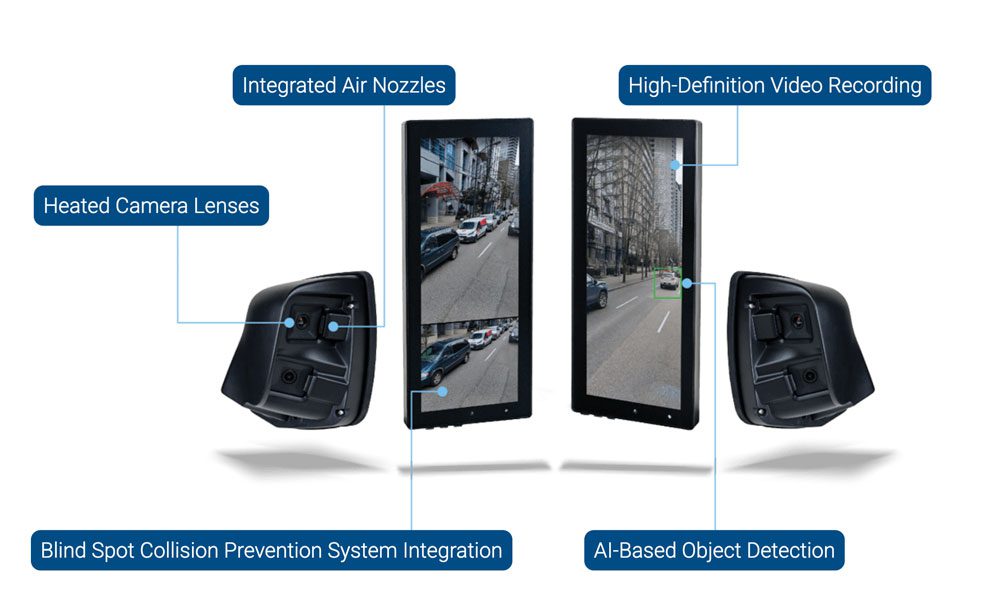
As the industry moves towards broader acceptance of video mirror technology, our MirrorLESS Vision System is designed to meet future regulatory standards.
This system offers a solution designed to boost safety, potentially help cut costs, and enhance operational efficiency. By enhancing traditional mirrors with advanced camera technology, the MirrorLESS Vision System paves the way for a safer and more secure future, setting new benchmarks for the industry.
Key Features of the MirrorLESS Vision System:
- Heated Camera Lenses: Ensures clarity and functionality in harsh weather conditions, providing consistent visibility.
- Integrated Air Nozzles: Keeps camera lenses clear of water, debris and obstructions, enhancing visibility and safety.
- High-Definition Video Recording: Enables video evidence capture for incident analysis, driver training, and legal protection.
- Safe Fleet® ThruView Assist™ Integration: Works seamlessly with ThruView Assist™ Blind Spot Collision Prevention System to minimize A and B pillar blind spots, improving overall driver visibility.
- Customizable Driver Views: Caters to your drivers needs with customized views and the ability to adjust angles for enhanced visibility preferences, ensuring each driver has an optimal and comfortable view.
Our commitment to advancing operator performance and safety ensures that transit agencies can confidently navigate the challenges of modern transportation while prioritizing the well-being of their operators, passengers, and communities.
The MirrorLESS Vision System system offers more than a technological upgrade; it’s a step towards a safer, more efficient, and future-proof transit system. With FMCSA exemption and exceeding FMVSS 111 vision requirements, this solution meets and surpasses current safety standards, ensuring long-term compliance and reliability.
—
As transit agencies continue to evolve and adapt, embracing innovative technologies like video mirror systems is crucial for advancing safety and efficiency. By addressing the limitations of traditional mirrors and integrating advanced features, these systems pave the way for a more secure and streamlined transit experience.
“At the end of the day, it’s all about making sure drivers have the tools they need to be safe and do their jobs well. Video mirror systems are a step in the right direction.” – Harry Respass
The future of public transportation lies in leveraging such advancements to enhance safety, operational effectiveness, and overall reliability, ultimately benefiting operators, passengers, and communities alike.
Visit https://www.safefleet.net/mirrorless to learn more!




